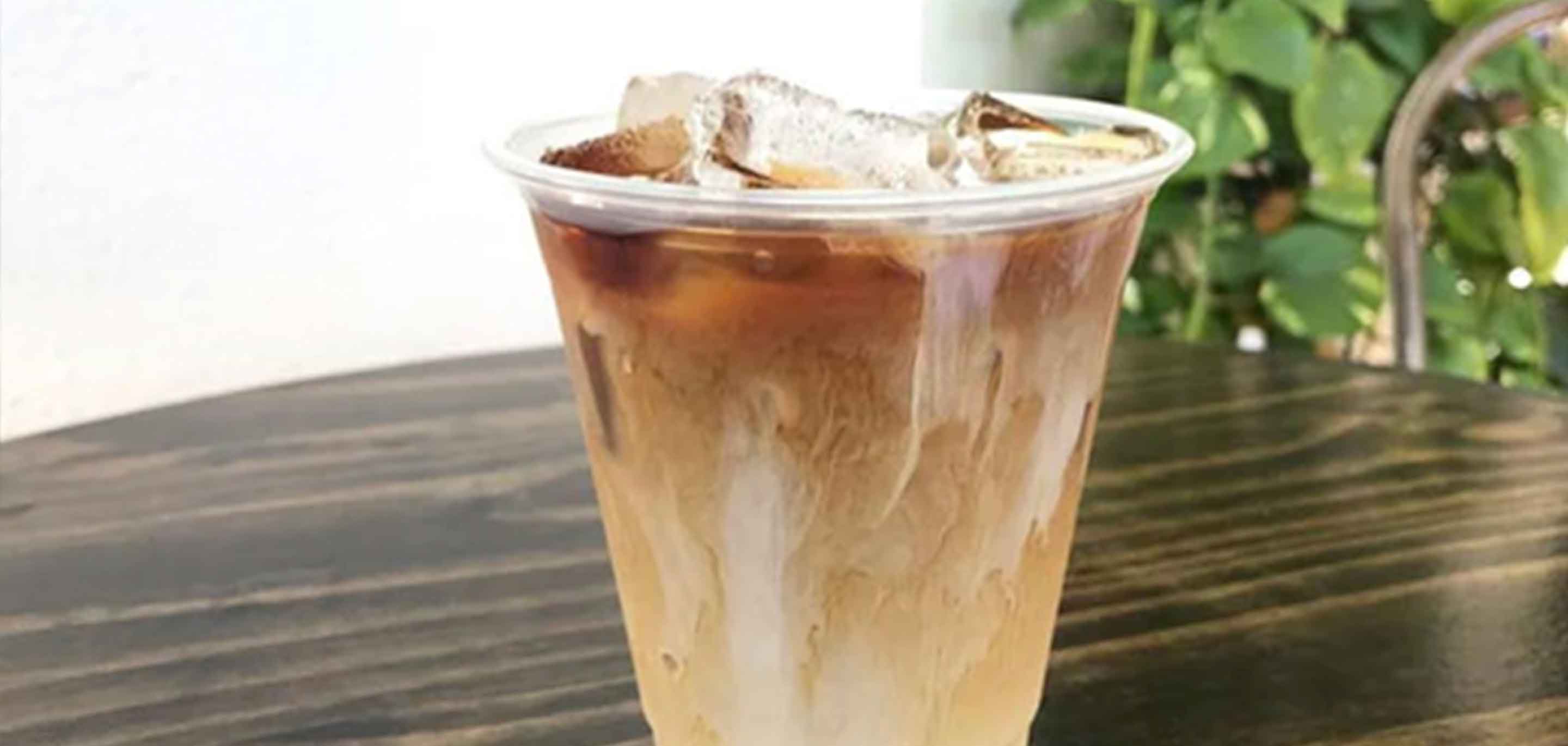Cold Brew Coffee
Summer heat brings a change to the way many of enjoy of coffee — when the thermometer goes up the coffee temp goes down. Here are three ways to enjoy cold coffee: cold brew, ice coffee, and cold Nitro coffee. This blog talks mostly about the sweet way to beat the heat: cold brew!
Versatile, Healthy, Easy
Studies have shown that cold brew is less acidic than coffee brewed hot. The roasted flavor is diminished from a coffee that is cold-brewed. Another upside of not having that acidic taste is that it’s healthier for both your stomach and your teeth.
And since cold brew coffee has never been subjected to heat, the chemistry of it doesn’t change. Hot coffee’s chemistry changes as it cools. Your day-old cold brew won’t taste stale, like a cup of day-old hot-brewed coffee certainly will.
The taste of coffee comes down to the chemistry of the brewing process. When you expose coffee grounds to hot water, they release oils. These oils are full of acidic compounds that won’t dissolve at lower temperatures. The bite of those compounds anesthetizes the tongue and prevents you from noticing the coffee’s flavor. The acidity can be nice in hot coffee, but you don't get that percieved acidity in cold brew.

Steep Organic Coffee and Tea in Hopland serves up Thanksgiving Coffee Cold Brew on a daily basis.
In addition to being a favorite summer drink, cold brew coffee has the distinct advantage of allowing you to taste more subtle notes in coffee than its hot-brewed counterpart. Some of the delicate tones in coffee can become masked in a hot drink.
Many people will assert their preference that cold brew coffee simply tastes better. Undertones of chocolate, fruit, and nuts dance on the tastebuds more obviously with cold-brewed coffee. Our own preferences for cold brew here at Thanksgiving Coffee are single origin coffees, like the Ethiopia Natural, but some of our customers have used our Grey Whale Blend, and even our high caffeine Pony Express in their cold brew explorations. To find your preferred taste, experimentation is important – and cold brew is forgiving enough to allow that. You may even find that your tastes are seasonal.
Below is a shot from Caffe Etc. in Los Angeles.

As we experiment with our coffee for cold brew ourselves, we’d love to hear what your favorite cold brew coffees are! Share with us using our contact page, or on social media.
Another good thing about cold brew: It’s versatile. If you like your coffee hot, just add boiling water to the cold brew concentrate. Voila! Fresh hot coffee without the acid bite. If you’ve perfected your cold brew mix, but don’t want to dilute your drink with ice, freeze the mixture and use coffee ice-cubes. This way the mixture won’t get weaker as it melts – perfect for a picnic or a day on the beach. But here’s something to remember, though:. Ice cubes often pick up taste from the other things in your freezer,so be careful you don’t introduce off-flavors.
For our final little tidbit: A lot of recipes may avoid using coffee as an ingredient because of its acidity, but cold brew coffee, with its lowered acid content can be great for baking or marinating. Also, you can consider using cold brew in cocktails. Experiment with everything! You may discover your perfect cold brew libation. And if you do, let us know about it.
☕ How to Cold Brew Coffee
Our team recommends making cold brew coffee with a ratio of 2 grams of coffee for every fluid ounce of water.
To make cold brew, steep coarsely ground coffee in cold water for up to 24 hours — then strain. The longer the coffee steeps, the more intense the flavor will be. The resulting brew will be a concentrate, so be aware that you may want to dilute it or possibly serve it over ice.
Here are some additional tips for making cold brew coffee:
- Use Filtered Water: For the cleanest cup of cold brew, use filtered water.
- Steep Time: Steeping for at least 12 hours will produce a good cold brew, but some say it's best to steep for 18–24 hours. Steeping for too short a time can result in a weak and astringent brew.
- Strain: After steeping, strain the coffee concentrate through a coffee filter, fine-mesh sieve, or cheesecloth-lined sieve.
- Dilute and Serve - You can dilute the concentrate with water, ice, milk, or creamer, and serve it over ice. Cold brew has 67% less acidity than hot brewed coffee, so you can also try mixing equal parts coffee concentrate and water in a tall glass.
Have a french press? It works well for cold brewing and filtering. Simply add coarsely ground coffee and cold water, and then wait to push the plunger down until your cold brew has fully steeped.
Cold brewing coffee is easy, it’s fun, and it basically becomes a necessity as we head into summer. And we’re here to answer any questions you might have about how it works.
More Cold Brew Recipes:
What's your favorite cold brew recipe? Send us your recipe and photo using our coffee and we may add it to the list! Send to stories@thankgivingcoffee.com or post on social and tag us. Cheers!



